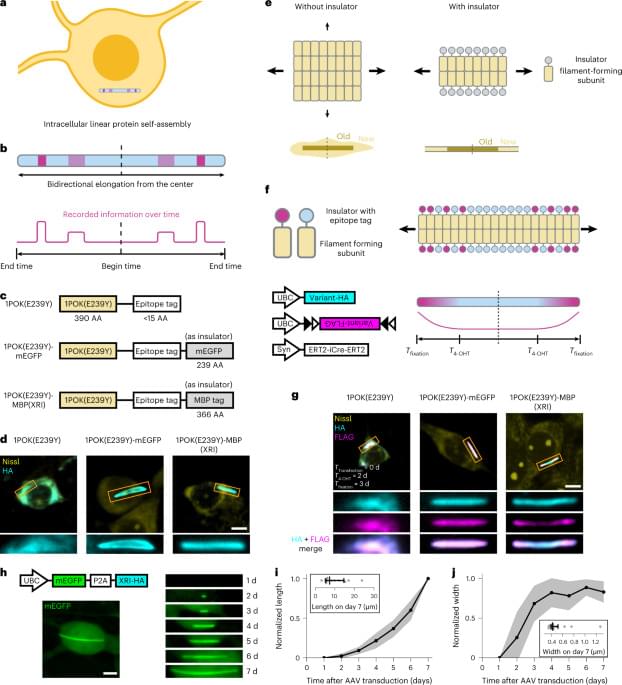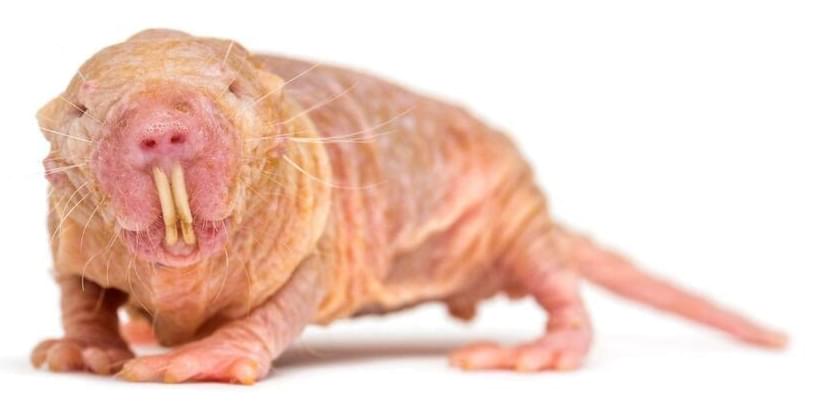
Pity the poor astronomer. Biologists can hold examples of life in their hands. Geologists can fill specimen cabinets with rocks. Even physicists get to probe subatomic particles in laboratories built here on Earth. But across its millennia-long history, astronomy has always been a science of separation. No astronomer has stood on the shores of an alien exoplanet orbiting a distant star or viewed an interstellar nebula up close. Other than a few captured light waves crossing the great void, astronomers have never had intimate access to the environments that spur their passion.
Until recently, that is. At the turn of the 21st century, astrophysicists opened a new and unexpected era for themselves: large-scale laboratory experimentation. High-powered machines, in particular some very large lasers, have provided ways to re-create the cosmos, allowing scientists like myself to explore some of the universe’s most dramatic environments in contained, controlled settings. Researchers have learned to explode mini supernovas in their labs, reproduce environments around newborn stars, and even probe the hearts of massive and potentially habitable exoplanets.
How we got here is one of the great stories of science and synergy. The emergence of this new large-scale lab-based astrophysics was an unanticipated side effect of a much broader, more fraught, and now quite in-the-news scientific journey: the quest for nuclear fusion. As humanity has worked to capture the energy of the stars, we’ve also found a way to bring the stars down to Earth.

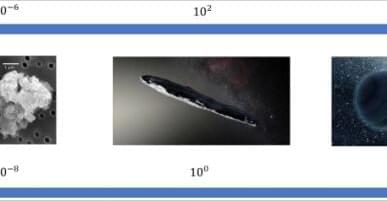
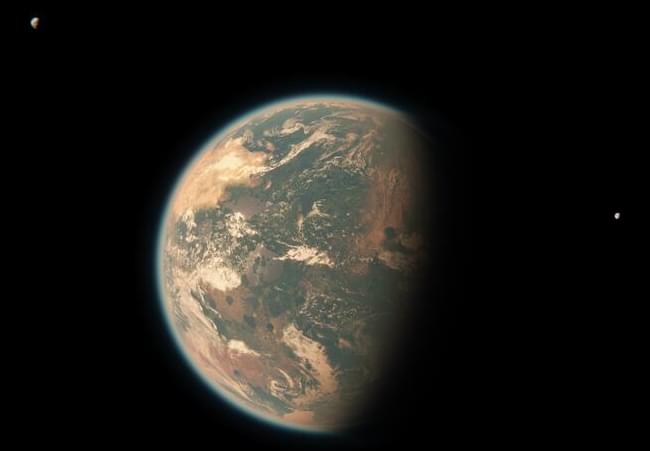


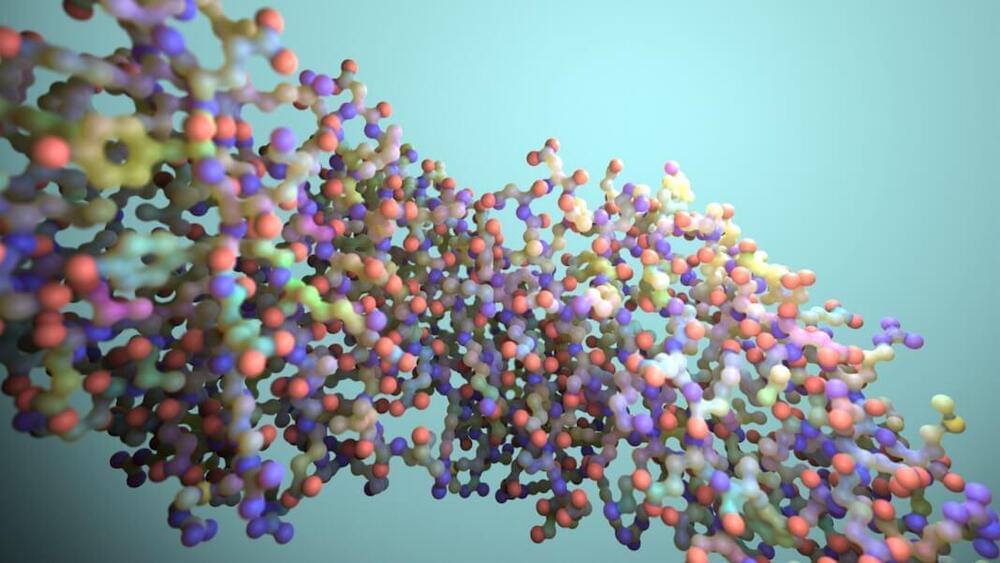
 Clustered regularly interspaced short palindromic repeats (CRISPR)-associated Cas9 protein is an effector that plays a major role in a prokaryotic adaptive immune system, by which invading DNA can be targeted and cut for inactivation. The Cas9 endonuclease is directed to target sites by a guide RNA (gRNA) where Cas9 can recognize specific sequences (PAMs) in foreign DNA, which then serve as an anchoring point for cleavage of the adjacent RNA-matching DNA region. Although the CRISPR-Cas9 system has been widely studied and repurposed for diverse applications (notably, genome editing), its origin and evolution remain to be elucidated. Here, we investigate the evolution of Cas9 from resurrected ancient nucleases (anCas) in extinct firmicutes species as old as 2,600 myr to the current day. Surprisingly, we demonstrate that these ancient forms were much more flexible in their PAM and gRNA scaffold requirements compared to modern day Cas9 enzymes. In addition, anCas portrays a gradual paleoenzymatic adaptation from nickase to double-strand break activity, suggesting a mechanism by which ancient CRISPR systems could propagate when harboring Cas enzymes with minimal PAMs. The oldest anCas also exhibit high levels of activity with ssDNA and ssRNA targets, resembling Cas nucleases in related system types. Finally, we illustrate editing activity of the anCas enzymes in human cells. The prediction and characterization of anCas proteins uncovers an unexpected evolutionary trajectory leading to ancient enzymes with extraordinary properties.
Clustered regularly interspaced short palindromic repeats (CRISPR)-associated Cas9 protein is an effector that plays a major role in a prokaryotic adaptive immune system, by which invading DNA can be targeted and cut for inactivation. The Cas9 endonuclease is directed to target sites by a guide RNA (gRNA) where Cas9 can recognize specific sequences (PAMs) in foreign DNA, which then serve as an anchoring point for cleavage of the adjacent RNA-matching DNA region. Although the CRISPR-Cas9 system has been widely studied and repurposed for diverse applications (notably, genome editing), its origin and evolution remain to be elucidated. Here, we investigate the evolution of Cas9 from resurrected ancient nucleases (anCas) in extinct firmicutes species as old as 2,600 myr to the current day. Surprisingly, we demonstrate that these ancient forms were much more flexible in their PAM and gRNA scaffold requirements compared to modern day Cas9 enzymes. In addition, anCas portrays a gradual paleoenzymatic adaptation from nickase to double-strand break activity, suggesting a mechanism by which ancient CRISPR systems could propagate when harboring Cas enzymes with minimal PAMs. The oldest anCas also exhibit high levels of activity with ssDNA and ssRNA targets, resembling Cas nucleases in related system types. Finally, we illustrate editing activity of the anCas enzymes in human cells. The prediction and characterization of anCas proteins uncovers an unexpected evolutionary trajectory leading to ancient enzymes with extraordinary properties.